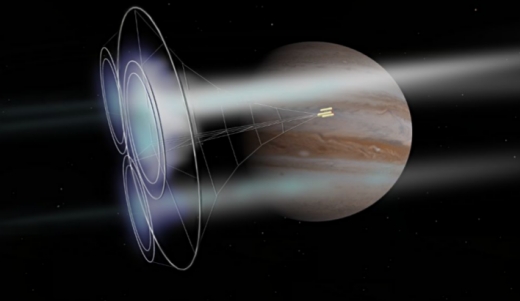Now Reading: Stunning Photos: SpaceX Starship Takes Flight in Test Mission
-
01
Stunning Photos: SpaceX Starship Takes Flight in Test Mission
Stunning Photos: SpaceX Starship Takes Flight in Test Mission

Swift Summary
- SpaceX’s ninth Starship test flight launched on May 27, 2025, from its starbase location in south Texas.
- The roughly 400-foot-tall rocket is the largest and moast powerful ever built.
- The launch featured striking visuals of Earth from space, with images of the Gulf of Mexico visible post-liftoff.
- Following separation, the Super Heavy booster fell away while Ship entered a suborbital trajectory toward Western australia.
- Both stages experienced failures; the booster broke apart during landing due to planned experiments causing a hard splashdown. Ship suffered a propellant leak and disintegrated approximately 46 minutes after launch in the Indian Ocean hazard area.
- Flight data will be used for further improvements as SpaceX continues progress to support Mars colonization and other enterprising objectives.
Image Descriptions:
- Rocket view above Earth’s coastline with the planet’s curve visible against space.
- Separation phase showing flames near booster top with Earth’s curve in background.
- Spaceship orbiting Earth captured mid-flight.
Indian Opinion Analysis
SpaceX’s Flight 9 showcases iterative progress but underscores challenges inherent to developing cutting-edge technologies like reusable rockets for interplanetary missions. While catastrophic failures occurred during this test flight, such setbacks are intrinsic to developmental testing aimed at achieving groundbreaking goals like Mars colonization.
The significance for India lies in observing how private companies drive technological advancements that can influence global space exploration strategies. India’s burgeoning private sector space players can study SpaceX’s approach-especially regarding sustainability through reusability-and adapt such efficiencies into their own projects under ISRO’s framework or independently competing internationally.
Moreover, India must consider integrating lessons learned into its vision for deep-space exploration while expanding engagement with global commercial entities toward shared goals of multiplanetary life science advancements.




























